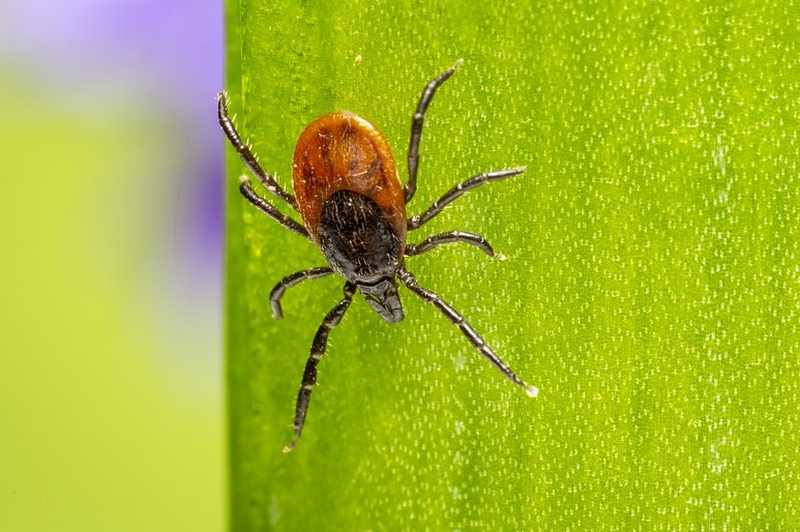
The best protection against ticks and tick-borne diseases is to know what repels ticks on humans and how to use the best tick repellent. The more you know about ticks, how and where they live and the diseases they can transmit, the more effectively you can protect your family and yourself. Tick-transmitted diseases can be very troublesome and may cause long-term suffering. The spread of ticks and the prevention of tick bites should be an important issue for any outdoor and garden lover and especially for pet owners.
There are plenty of repellents and remedies available but which tick repellent is best?
You can choose between using a chemical or a natural tick repellent. Most are applied topically to your body, but there are also a number of products that are applied to clothing to keep ticks off.
A common misconception about ticks is, that they live only in forests and far out in nature. But in fact, you find ticks everywhere, even in your own garden. So you want to start right at home doing something against ticks and tick-transmitted diseases because ticks not only befall humans, they are a great problem for your pets too.
Effective tick repellents for pets to reduce the risk of tick infestations
Dogs and cats are a common target for ticks. A pet dog or cat may carry ticks into your house so pet owners and everyone in the house is at risk of tick-transmitted diseases. Ticks fall off their host when finished with their blood meal. They either wait for their next victim or lay eggs, depending on the stage of their life cycle they are in. You don’t want a tick to lay eggs inside your house.
Tick Bite: What to do?
Found a tick and it bit you, what to do?
- Keep calm – there is no need to panic
- Remove the tick without haste, but right away
- Pull it out or twist it out, preferably with a tick removal tool if available. The best are tick hooks, tick cards, tick tweezers, etc.
- If you don’t have any special removal tools, you can even use your fingers to remove it
- Be careful not to squeeze the tick
Quick removal reduces the risk of contracting pathogens from a tick bite. After that, the bite site must be observed and the general physical condition must be checked for any changes.
If symptoms occur after a tick bite, a doctor should be consulted immediately. A fast diagnosis and treatment can prevent severe progression and late effects or reduce the risk.